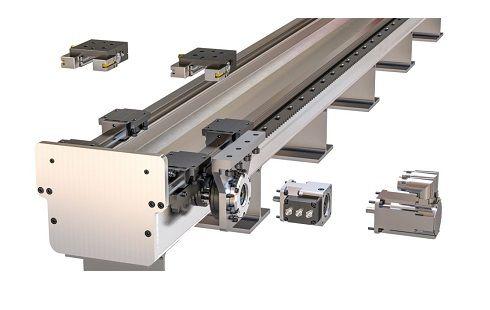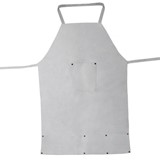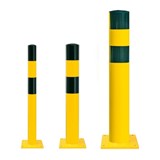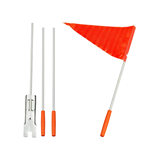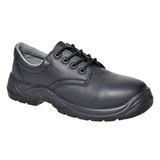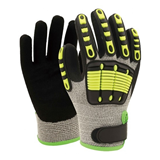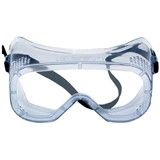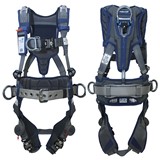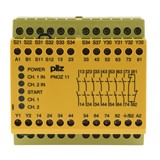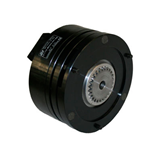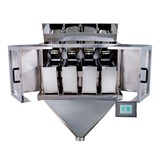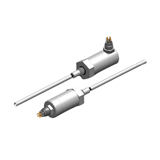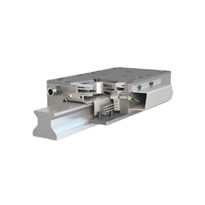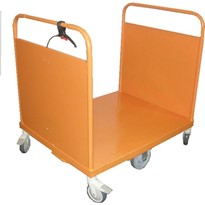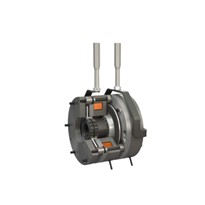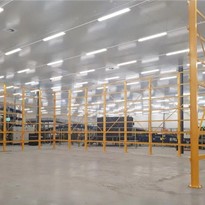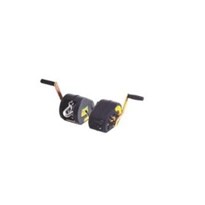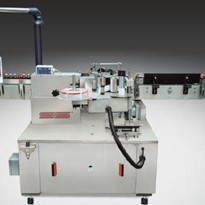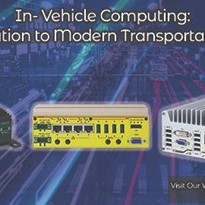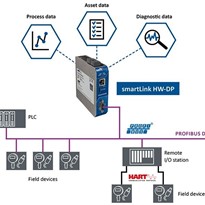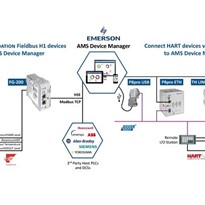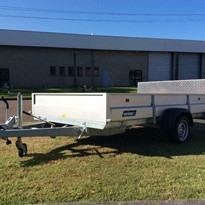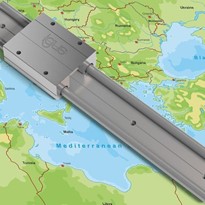Here we share more details on the construction of safety brakes for linear axes and the intersection of brake safety and IIoT capabilities.
Machine safety is core to nearly all industries for ensuring danger-free automation and satisfaction of regulatory requirements. 13849-1 functional safety standards are top-level standards covering design protocols for various machine types — in contrast with industry standards dictating safety requirements for specific machines such as palletizers or machine tools including punch presses. That said, components and subsystems having functional safety certification are increasingly indispensable on dangerous machines involving automated slicing, stamping, pushing, crushing, or shredding motions. Industries with such machinery lead in new deployments of ISO 13849 risk-mitigation techniques.

Brakes certified to the highest levels of functional safety — especially for 13849-1 Categories 2 through 4 and Performance Levels c thru e — must have sensor feedback. Such brakes must also undergo certification by an international third-party certification body. Upon any loss of external energy source, the brake engages in its safe mode. If the PLC or PC controlling the brake condition commands a safe mode, the brake also defaults to locked failsafe position.


What’s rather fortuitous is that sensors in such brakes can serve a secondary purpose of imparting Industry 4.0 (IIoT) functionality. Such capabilities can allow machine-condition monitoring, machine end-of-life predictions, and the prevention of brake-related threats to machine uptime and throughput.
How sensors integrate into linear brake systems
Just consider how some linear brakes based on spring-set pneumatically released friction action achieve higher functional-safety ratings by integrating one or two magnetic proximity sensors. These default to a lock (safe) position thanks to spring engagement. Their sensors can detect disengagement that occurs upon application of the brake’s rated air pressure to separate the friction surfaces’ piston and facing pair. Otherwise, the sensors serve to detect engagement — when the brake’s friction facings come under the control of spring arrays to clamp the actuator’s linear rail. A simple sourcing PNP mode generating a normally open (NO) or closed (NC) signals typically pairs with a PLC or other control’s sinking input. Otherwise, a simple sinking NPN mode (generating NO or NC signals) typically pairs with PLC or other controls’ sourcing input.
Two example linear-motion applications for such sensor-equipped brakes include motor-based linear actuators and linear brakes for pneumatic rod cylinders.
Linear brakes for motor-based linear actuators
Most functional safety certified linear brakes for motor-based linear actuators employ spring-set pneumatically released friction action. Some of these brakes achieve higher functional-safety ratings by integrating one or two magnetic proximity sensors. Arrangements sporting two sensors can be setup to have one sensor serving a failsafe redundancy function, or the sensors can independently register engaged and disengaged brake states.





These brakes work for position holding as well as emergency stopping. Options abound to pair with most common linear-motion profile rail variations — including 15 to 55-mm linear rail options, which constitute about 95% of all rail used in today’s motion designs.
One place where linear brakes are already finding use is on vertical axes deemed highest risk — posing Category 4 risk to human life or limb. Here, OEMs add linear-axis failsafe rail brakes equipped with sensors to prevent gravity-induced equipment and load freefalls.
Linear brakes for pneumatic rod cylinders
Most functional safety certified linear brakes for pneumatic rod cylinders employ spring-set pneumatically released friction action. Here the friction surfaces clamps (via a friction element called a clamping collar) the assembly’s linear rod for safe holding or emergency stopping. As with brakes for motor-based linear motion, some of these linear brakes achieve higher functional-safety ratings by integrating one or two magnetic proximity sensors.



An additional benefit to these brakes is how the linear brake uses the same disengagement power source (that of pneumatics) as the rod actuator… allowing use of similar components. What’s more, linear brakes in cylinder-mount configurations let OEMs setup the axis to let one common controller execute commands over both components.


